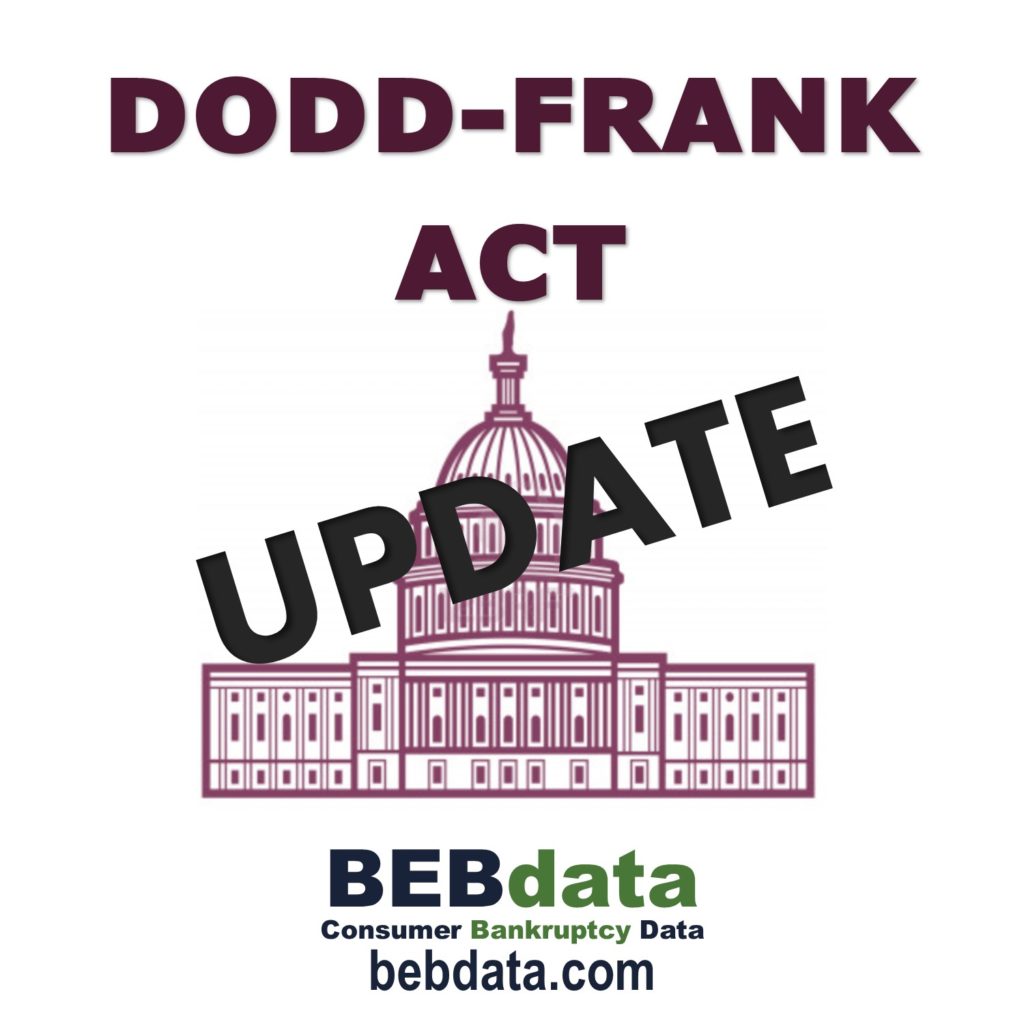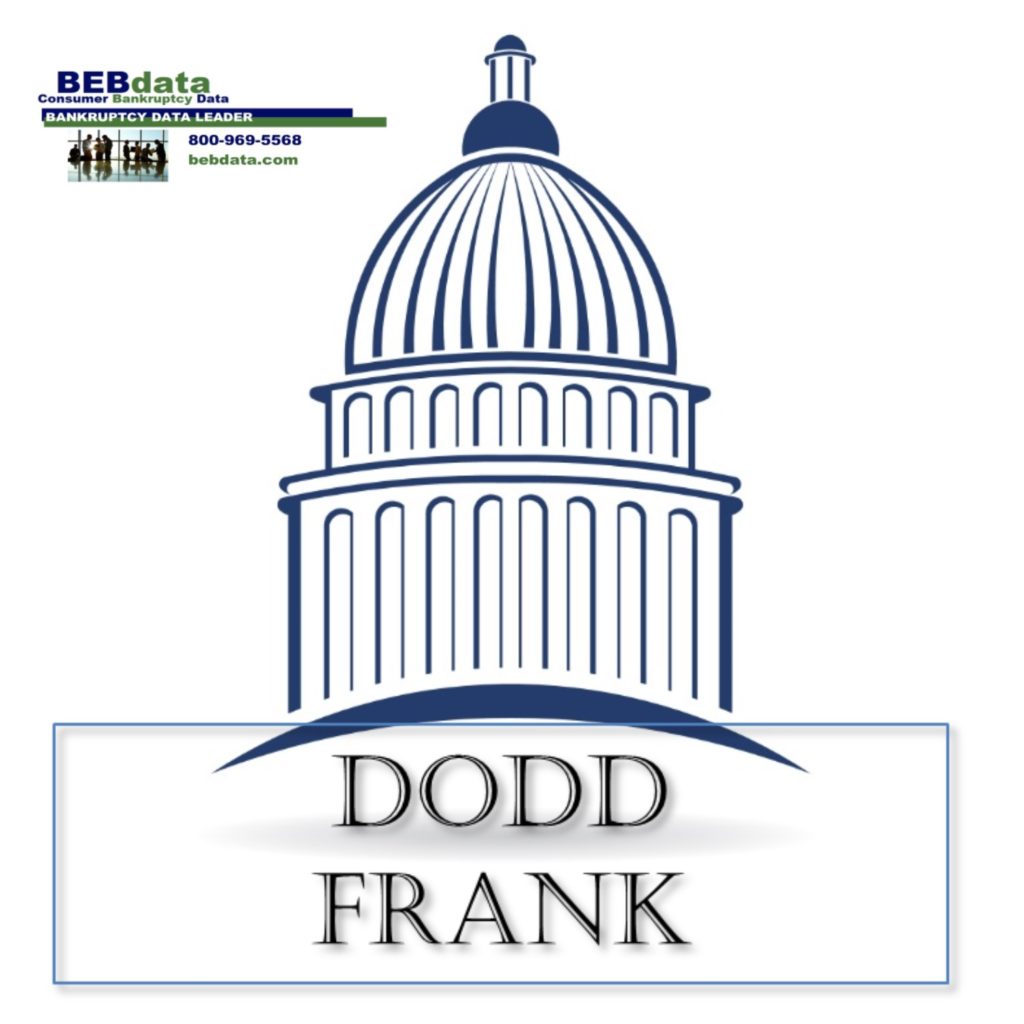Last week The House voted to give final congressional approval to a major rewrite of banking rules that would revoke key elements of Dodd-Frank Act but still leaving most of it tact.
The President is expected to sign into law the “Economic Growth, Regulatory Relief and Consumer Protection Act,” which won House approval 258-159 as 33 Democrats and 225 Republicans voted for the bill. Officials say that it recalibrates regulation and risk in the financial services sector while promoting economic growth and new jobs.
The Senate Banking Committee Chairman said that the bill “right-sizes” regulations for smaller financial institutions, allowing community banks, credit unions and mortgage lenders to grow.
Key provisions of the legislation include:
- Increasing banks’ asset threshold from $50 billion to $250 billion for extra regulatory scrutiny by the Federal Reserve.
- Streamlining capital requirements and other exemptions from mortgage-lending rules for community banks.
- Amending the Volcker rule for banks with less than $10 billion in assets in an effort to bolster market liquidity and decrease risk to the financial system in economic downturn.
- Repealing the Department of Labor’s fiduciary rule, which aimed to minimize supposedly conflicted investment advice given to retirement savers.
Although Republicans claim the bill is a deregulatory effort, GOP lawmakers weren’t able repeal Dodd-Frank in its entirety. Key provisions remain, including the Consumer Financial Protection Bureau and Washington’s authority to unwind failing large banks.


